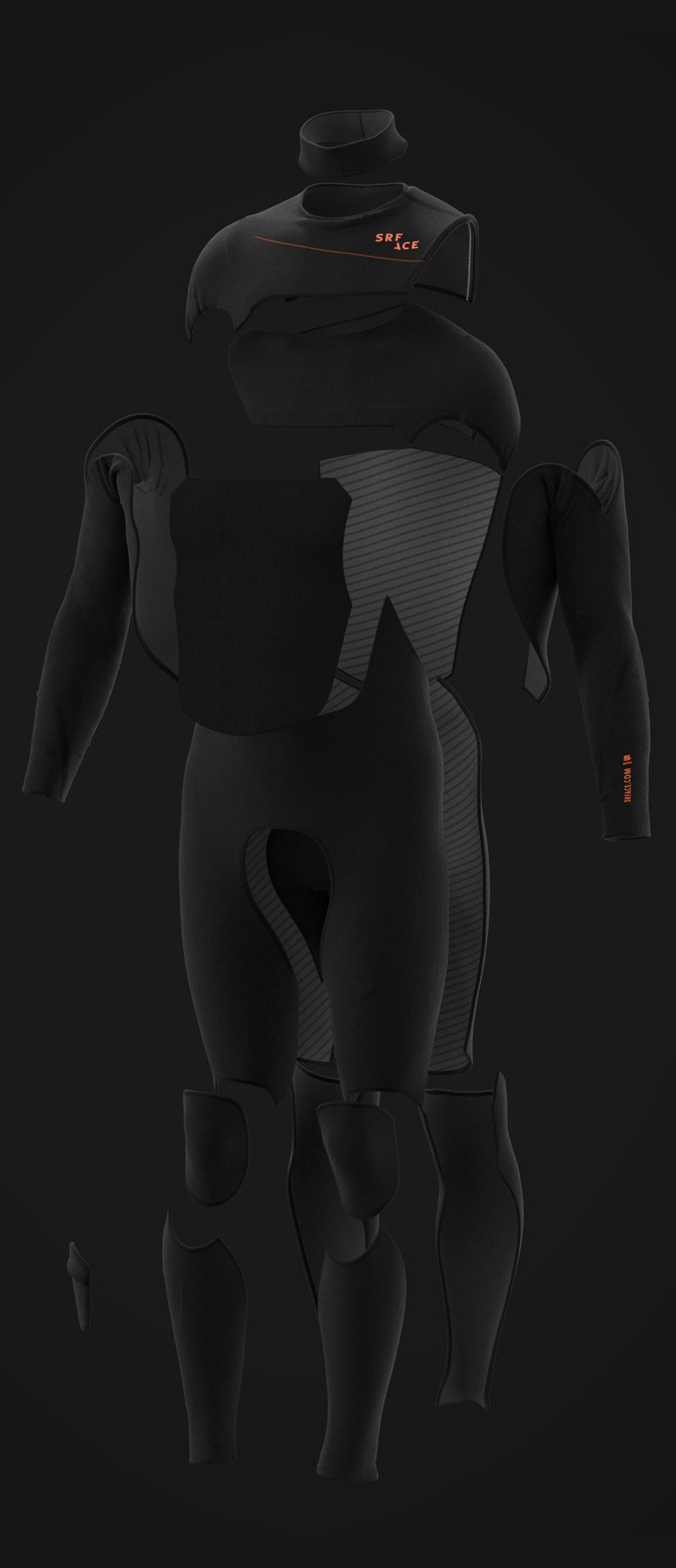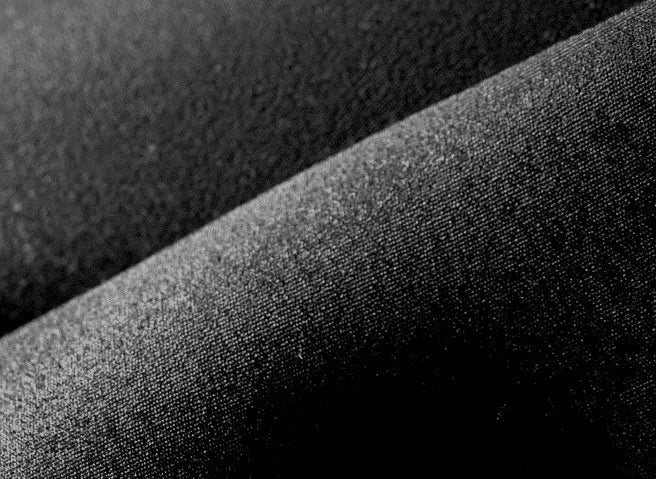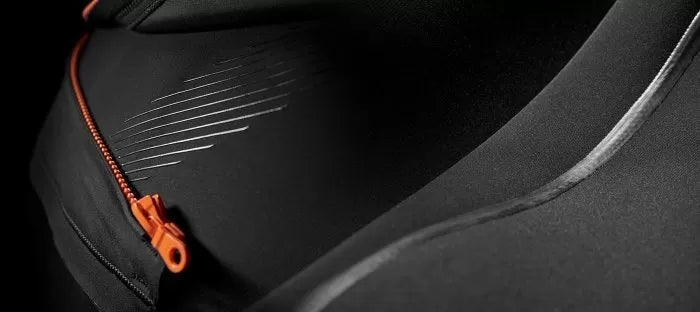What is limestone neoprene?

Why SRFACE chooses limestone
It might sound strange, but it’s common practice these days that a limestone rock will eventually become your high-end wetsuit. But how?
Oldskool neoprene
Let’s rewind to the 1930’s when synthetic foamed rubber was invented and was called neoprene. Neoprene is an elastomer with the chemical name polychloroprene. Polychloroprene is produced through a chemical process by binding strings of a clear liquid called chloroprene together. The original oldskool chloroprene wetsuits are made with petroleum based chemicals. SBR foam Beware of SBR ‘neoprene’ wetsuits. SBR is fake neoprene which is stiff and not UV and ozone resistant. This cheap foam absorbs water and is only suitable for laptop sleeves or beer coolers. Wetsuits should not be made with SBR.

Limestone neoprene wetsuits
What is limestone based neoprene and how is it different from oldskool petroleum based CR chloroprene rubber and SBR foam? In the 1960’s, a new way of making neoprene was invented. The main neoprene compound remains chloroprene, but instead of using petroleum based ingredients it now uses calcium carbonate from limestone to form chloroprene rubber chips. These rubber chips are melted down in an oven and go through a chemical process. The melted substance is infused with air bubbles and baked into a block of neoprene foam. This block is then sliced in any neoprene thickness needed to make your wetsuits, ranging from 0.4mm to 10mm thickness and everything in between. The elongation, flexibility and insulation characteristics of limestone neoprene are the same or better than its predecessor petroleum based neoprene. This makes limestone neoprene one of the most flexible and warm neoprene types out there.
Eco friendly neoprene
Some brands promote different fancy names for their so called more environmentally friendly neoprene, at SRFACE we like to tell it as it is. SRFACE has chosen to manufacture with limestone neoprene, which has a higher carbon footprint than natural rubber but is more flexible and warm. Please consider this when choosing a limestone neoprene wetsuit over a natural rubber wetsuit. Other versions of limestone neoprene are Bioprene and Geoprene wetsuits. Yulex however, is an alternative to neoprene made out of natural rubber.

Double lined neoprene
After the limestone neoprene foam has been sliced into sheets of the right thickness it’s laminated with a stretchy fabric layer on the outside of the wetsuit. This makes your wetsuit more durable and protects it against outside influences like UV and ozone. Outside lining also offers protection from fingernails cutting through the fabric when pulling on the wetsuit and sitting on the wax of your surfboard. The inside of your wetsuit is lined with an extremely flexible and soft lining that is comfortable to wear on the skin. The main body panels of SRFACE wetsuits are lined with a quick dry plush lining that insulates the body from the cold water outside. This quick dry plush fabric helps the material to dry faster too, so you can be ready for your next session in no time. Double lined neoprene is the neoprene which has fabric lining laminated onto both sides of the neoprene foam.
Single lined neoprene
Instead of double lined neoprene, the raw neoprene sheet’s surface can be melted on one side with a metal embossing tool to create mesh, smoothskin or glideskin neoprene which is called single lined neoprene. Single lined neoprene panels are often used on the chest and back panels of cold water surfing wetsuits. SRFACE wetsuits use a single lined neoprene chest and back panel that is called smoothskin. The smooth outside doesn’t absorb water and helps the water run down immediately. Single lined neoprene panels protect your body from windchill, so you can stay in the water longer.

SRFACE Wetsuits
Over the past few years limestone neoprene has become the standard for most high end wetsuits, but this doesn’t mean old school petroleum neoprene is gone. It is still used by some brands in mid and entry level wetsuits. If you can, stay away from petroleum based neoprene and only use limestone neoprene wetsuits from brands like SRFACE. SRFACE wetsuits are made with the highest grade materials and technologies such as the most flexible limestone neoprene foam. The double lined wetsuit panels feature 360° limitless stretch outside lining. This is the most flexible nylon lining which stretches in all directions. The inside lining on shoulders, arms and legs use 360° limitless stretch lining too. Chest and back panels are made with a smoothskin single lined neoprene outside to avoid windchill. The body panels are lined with a comfortable and heat retaining quick dry plush insulating inside lining. The seams are glued and blind stitched with heat welded neoprene tape on the inside without excess glue touching your skin to avoid rash. The outside sealed seams are waterproof due to the liquid neoprene seal that is applied on top of the blind stitch. The best wetsuit quality is now affordable.